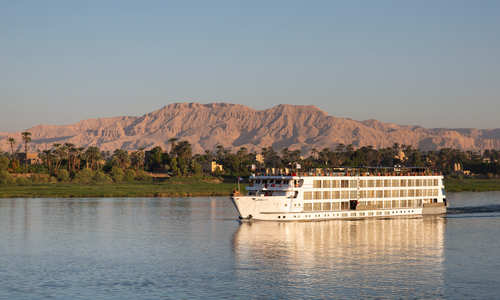Introduction
The Valley of the Kings, on the west bank of the Nile, was the burial site of the ancient Egyptian pharaohs. It was from here that they began their journey to the next life, or so they believed.
The Valley is scattered with temples and tombs, the best known being the tomb of Tutankhamun. Although smaller than many of the other tombs, its discovery by Howard Carter in 1922 was one of the most important archaeological finds ever made. Its rooms were crammed with treasures, including a quartzite sarcophagus and solid-gold coffin in which lay the mummified remains of the boy pharaoh.
Carter had previously discovered the tomb of Tuthmosis IV, but others had been there before and its contents removed. Other Valley of the Kings tombs were also looted, but the reliefs and hieroglyphics on their walls remain - with vivid scenes from the Book of the Dead and other rites.








